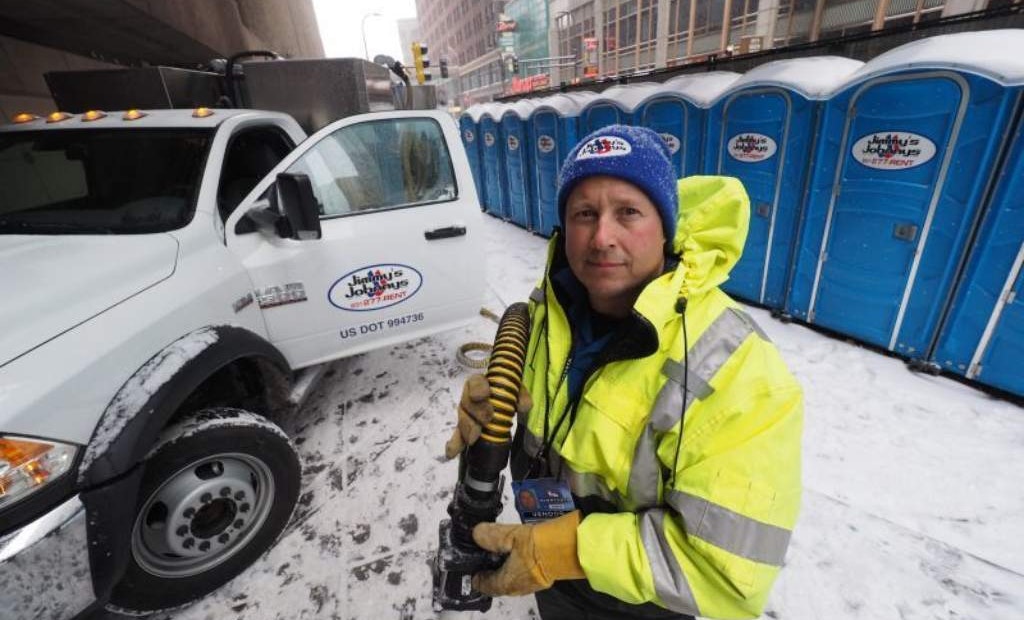Ice, snow and freezing temperatures can add risk to all aspects of construction projects. Keep your people, your equipment, your site and your bottom line safe in the cold season with some simple strategies.
Make sure your equipment is ready
Whether your equipment needs to face...






